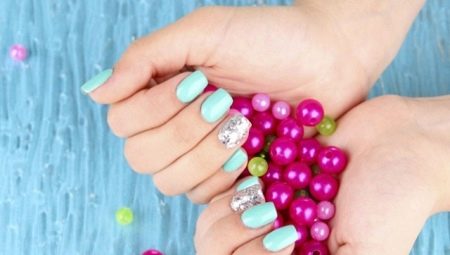The range of manicure services is striking in its diversity. One of the main types of decorative coating of the nail plate was a material called gel polish or shellac, which in principle is one and the same. The gel coating of nails has gained its popularity for a number of undeniable advantages, which are largely inferior to ordinary manicure varnish, even if it is of super high quality. Like any product of chemical origin, shellac has its own advantages and disadvantages - we will talk about this in the topic of our article today.
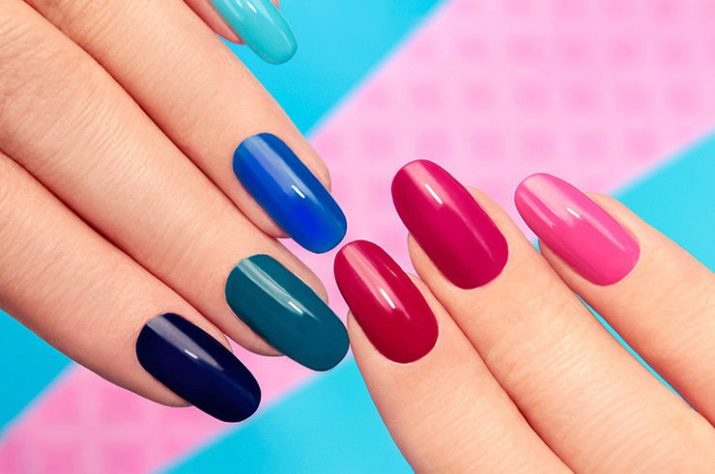
Structure
A product called gel polish was conceived as a symbiosis of two components - a polymer gel to simulate the shape and length of a nail and a conventional decorative varnish to create a colored coating on the top of the nail plate. The result was a shellac product that allows you to paint your nails in almost any color shade, and the coating itself has increased resistance and does not require additional adjustments for 7-10 days. Agree, this result is very impressive. This product was able to achieve increased durability of the painted coating with the help of polymer compositions included in it, the main components of which are unchanged from various manufacturers.
- Surface film forming component Is a polymer composition that hardens when exposed to ultraviolet rays. The film is smooth, shiny, resistant to chemical and physical influences, and it also has a certain degree of plasticity, withstanding slight bends or stretching.
- UV Absorbing Component - This is a special chemical compound, which under the influence of ultraviolet rays on it passes into an active state, accompanied by the decay of molecules, and as a result of this process photoparticles are formed. This process is necessary to start the polymerization process - it is a catalyst for the substance that forms the surface film. Usually, benzoin esters, various types of the phenol group, and phosphine oxides are present in its composition.


- Components required to create the desired product consistency Are acrylic acid monomers. They are needed so that the gel polish is viscous and convenient to use. This consistency adheres well to the surface of the nail plate and as a result gives additional strength to the entire coating.
- Color palette components - These substances are called coloring pigments. Thanks to their use, the product will have its own specific color. Pigments from different manufacturers may vary - they come in organic or inorganic nature of origin. This component is good in that it does not dissolve in the remaining ingredients of the product and does not interfere with the passage of ultraviolet rays in them.
In addition to the main components, different manufacturing companies can add, according to their own recipe, additional additives so that the final product possesses certain properties to a slightly greater degree, for example, to enhance gloss or increase elasticity, or to obtain a more viscous structure of the product.
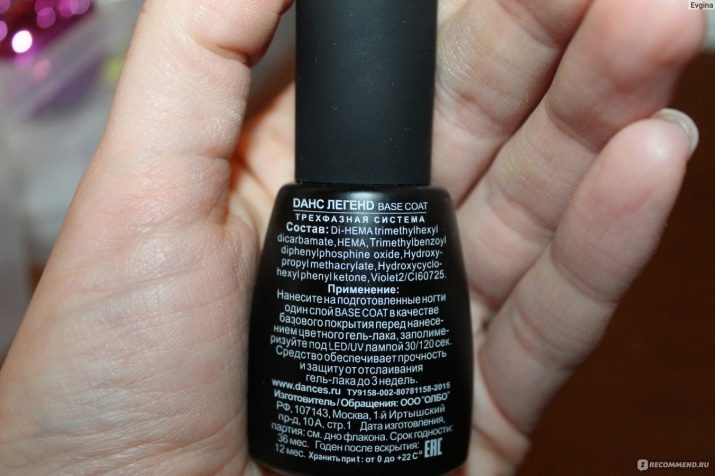
Advantages
To make their hands look well-groomed and presentable, the majority of modern women with the advent of shellac began to actively switch to its use, putting aside the usual manicure varnish. And there are good reasons for this, since the use of this product results in not only a decorative effect, but also practical benefits. It is worth considering the main advantages of gel polish.
- Gel coating on nails retains its freshness for a long time - It can be worn for at least three, or even all four weeks without corrections. The coating is not afraid of water, temperature changes, resistant to chips and cracks. Its appearance is always perfect, even after some serious chores.
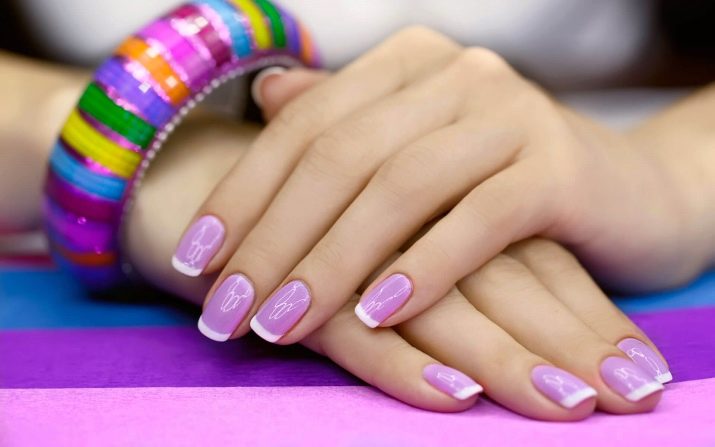
- The coating not only aligns the nail plate and to some extent corrects its shape, but also protects it with a reliable thick layer of polymer material from any influences. Under the cover of this material, your own nail does not exfoliate and is protected from breaking off and biting. Such protection is just a godsend for women who, by their natural data, are not owners of beautiful and strong nails. In addition, using a gel, you can repair a broken part of the nail plate in order to prevent its further destruction.
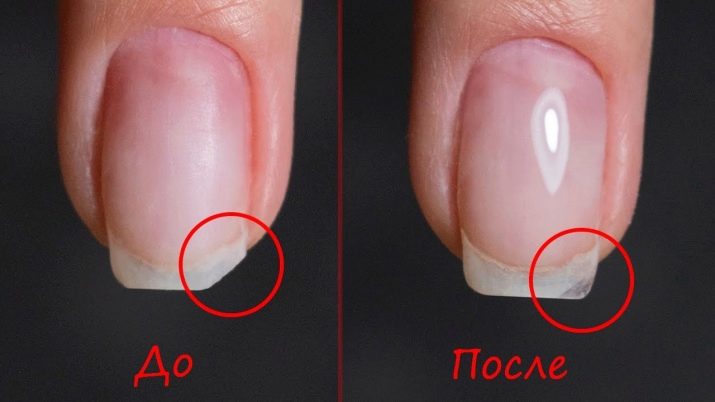
- A beautiful manicure can be performed not only in the salon of the master, but also at home independently. Let it be necessary to buy certain devices for this, but this is another matter. The main thing is ease of application, which does not require special skills and knowledge. Even without extension, nails can look very worthy with this product.
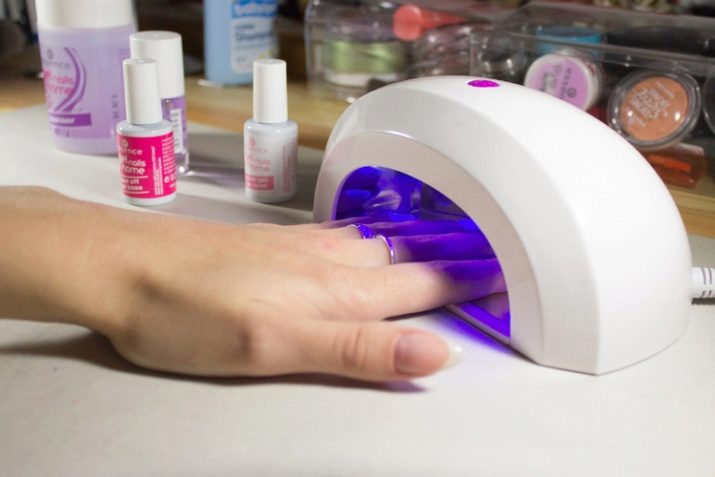
- Gel polishes do not pose a risk to human health. Their application is not accompanied by sharp and unpleasant odors, since the composition of these polymer products do not contain formaldehyde or acetone components, which sometimes simple manicure varnishes and enamels sin.
- The choice of modern shellac is very impressive. Today you can find craquelure varnishes with a cracking effect, varnishes with a visual effect called cat gas, mirror, neon, matte, with a content of pile, mica, sparkles and even with the effect of holography. And the color scheme can satisfy any, even the most demanding, taste of fashionistas.
Not a single varnish, no matter how good it is, could not give so many advantages compared to this modern product. The colors of gel polishes look richer and brighter, and on the hands they look more impressive and neat.
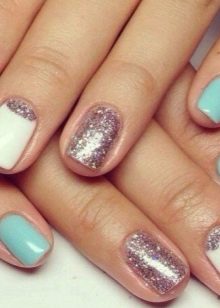
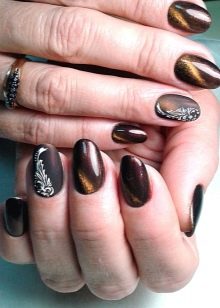
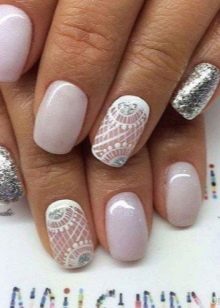
disadvantages
No matter how good the gel varnish is, this convenient and modern product has its drawbacks. Therefore, before you decide to switch from the usual decorative varnish for manicure to shellac, get acquainted with what harm the polymer product can cause you and evaluate how much this can be a significant drawback for you. So, gel polish has several disadvantages.
- The application of any polymer to a living nail plate requires its preparation. Nails, being appendages of the skin tissue, as well as the skin, are able to release moisture and fat into the external environment, and to degrease and clean the surface before applying gel varnish, the nail is carefully sanded with a fine-grained manicure file. During this manipulation, the upper layer of the nail is removed. There is no harm from this - the nail can regenerate very quickly, and the recovery process itself will take literally no more than a week. If such polishing is done continuously, for many weeks or even months, the harmfulness of this process will be obvious.
The nail plate will be substantially damaged, it will not have time to repair itself. As a result, your own nail will become soft as paper, brittle and layered. On this nail will not hold any decorative coatings and ahead of you are waiting for months of restoration and treatment of the nail plate.
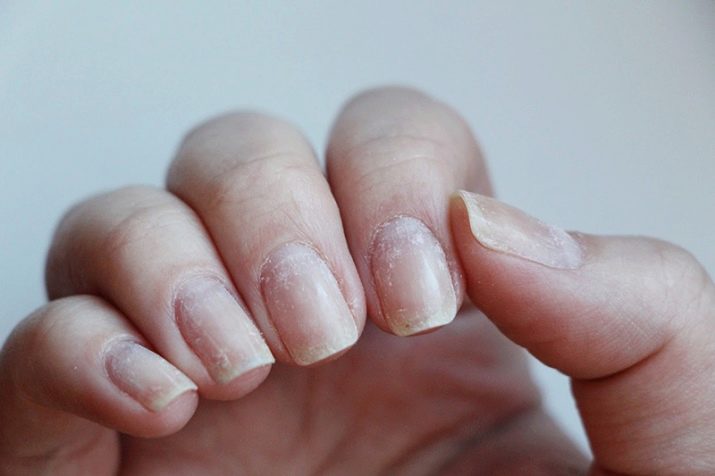
- Polymer gels harden only under the influence of ultraviolet radiation. A special lamp is used for this. During the drying process, and it takes up to 8-10 minutes, the radiation from the lamp may cause some burning sensation. And the thicker the layer of applied material, the more tangible this feeling can be. Of course, for the sake of beautiful nails, you can tolerate, but this remark is true only for a full nail plate. If the nail is thinned with frequent sawing, then it can be simply impossible to endure a burning sensation.
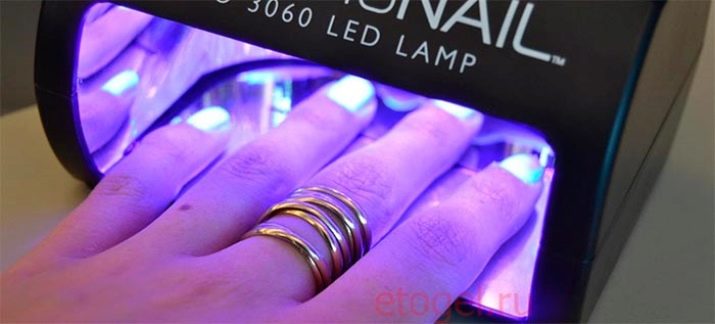
- Since each human body is individual, including its hormonal background, nail growth in each person can occur at different speeds. If you have fast growth of the nail plate, after 3-4 weeks you are unlikely to admire beautiful nails - a manicure will become unsightly due to the rapid growth of the nail in a few weeks, which means that you will be forced to do much more often than others correction, while injuring the living nail every time. There is another feature that is also associated with the characteristics of the body. There is such a thing as a wet nail - this means the fact that the nail plate very abundantly and diligently releases moisture into the external environment. Typically, such people and hands are wet to the touch.
If you are the owner of this feature, polymer coatings are not for you. They simply will not stick on your nails and the best way out in this case is to use ordinary manicure varnish.
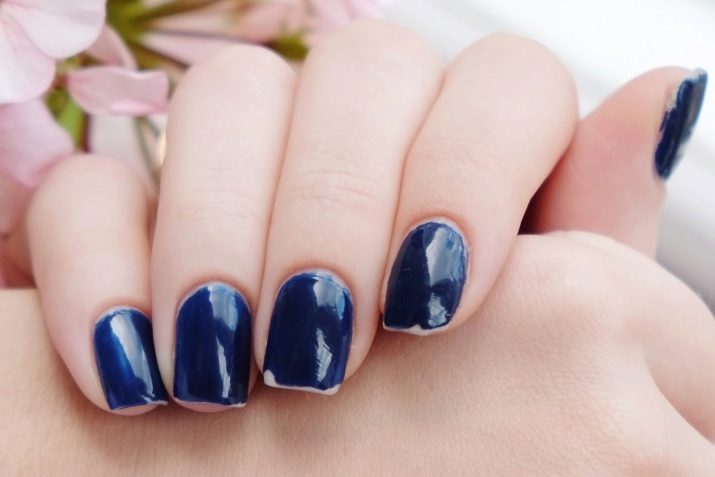
- Correction and removal of the gel coating can also cause harm to your nails, as this procedure requires accuracy and some skills. There are two ways to remove polymer material - it can be sawn off or removed with a liquid specially designed for this. When cutting, the nail plate can be thinned, and when removed with liquid, the nails can begin to actively delaminate. The fact is that rather strong solvents are included in the composition of such a liquid, in order to soften the solid polymer layer, each finger is wrapped with a cotton pad impregnated with this composition, and so that it does not dry out, it is additionally covered with foil.
Hold the composition on hand will take a very long time. This is fraught with the fact that not only the nail is dried out, but also the cuticle, and even the skin of the finger.
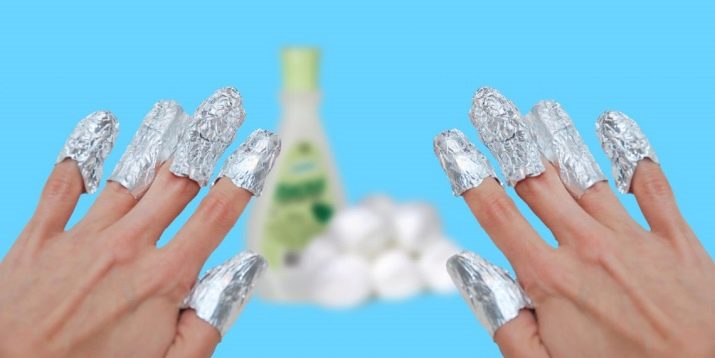
In general, these are all the main points that can disappoint you when using gel formulations for nails. Many of them can be avoided with the help of skill and understanding of the process, so making a choice from the ratio of pluses and minuses is now easy for you.
Use during pregnancy
Pregnant women often turn to manicure masters with questions about how safe it is to use gel polishes. Having studied the composition of this polymer material, we can conclude that shellac is not dangerous for the body of pregnant women and their child. Regular manicure varnish is more harmful in this regard than a gel composition that does not contain such dangerous components as toluene and formaldehydes. Even the masters themselves may not stop their work when they are pregnant, subject to compliance with sanitary standards and the use of personal protective equipment.
If you monitor the cleanliness of your hands and workplace, close all containers with chemicals immediately after using them, and put on a respirator when filing with a file of polymer materials - there is no danger for you. To prevent the polymer from getting inside your body, try not to eat food near these materials and carry out all work manipulations in a well-ventilated area.

The use of polymers for nail design during pregnancy has features. And if before the time of pregnancy you did not have problems with good adhesion of the nail and the polymer, everything can change during the period of gestation. Most often, pregnant women have high humidity of the skin and nails, as well as increased release of fat through the nail plate. Visually, this may be imperceptible, but when applying the material, such a feature of the pregnant body can play a role, as a result, the material on the nails will not be fixed.
Experienced masters immediately warn a woman about this, often the choice of using these products goes to the side of ordinary manicure varnish.

Is it possible to do such a manicure constantly?
Despite the fact that shellac seems to be a good substitute for ordinary varnish, nobody has been able to use it on an ongoing basis without harm to their nails. In order not to injure your nails, manicurists recommend periodically resting the nail plate. This is best done at least once every 2-3 months. After 1-2 weeks of rest and the use of leaving oils, the nail plate is restored and ready for the use of polymeric materials. It is best to make it a rule to alternate the application of gel coatings using conventional varnishes or enamels.
About whether gel polish is harmful, the master will tell in the video below.
